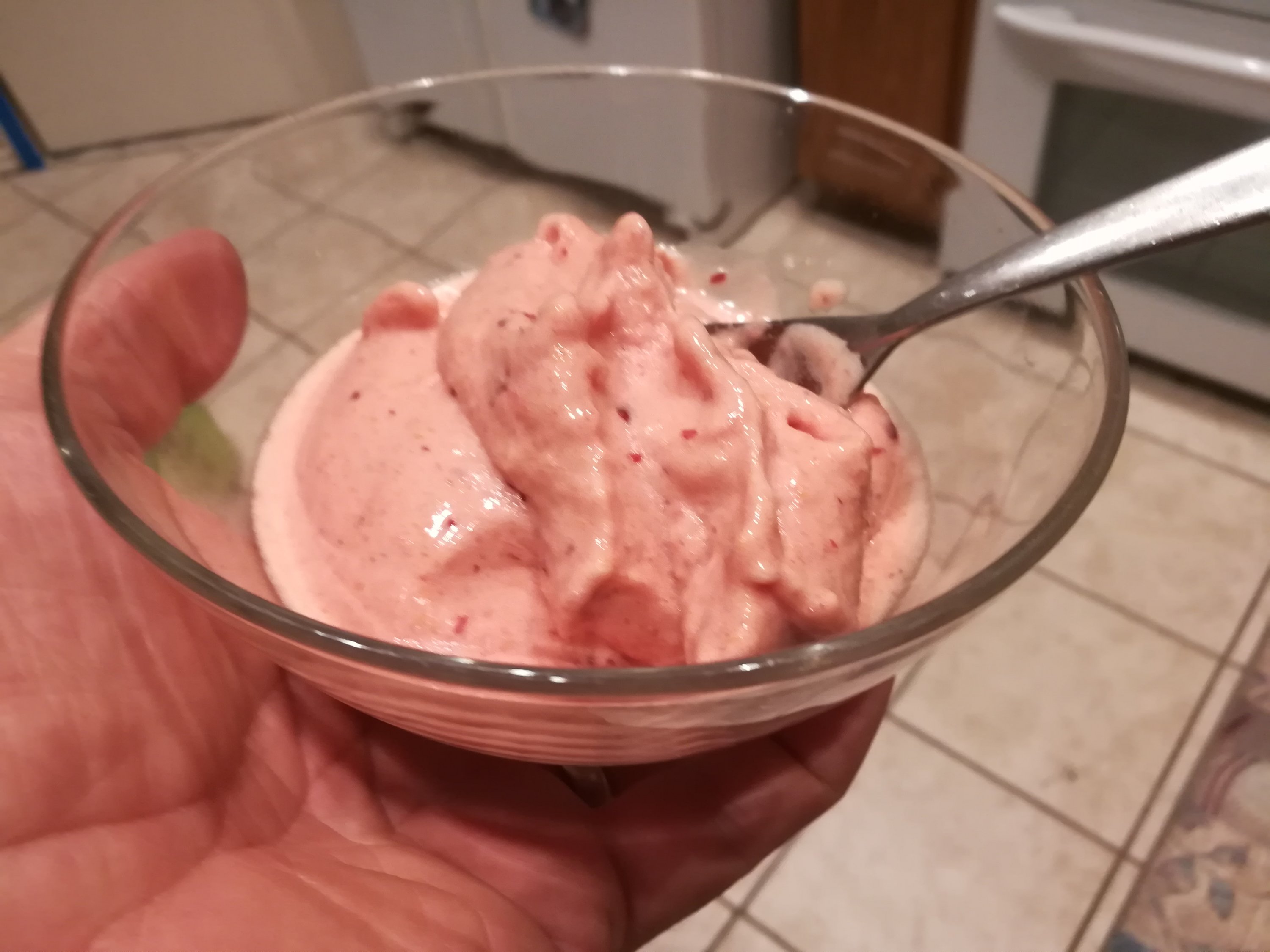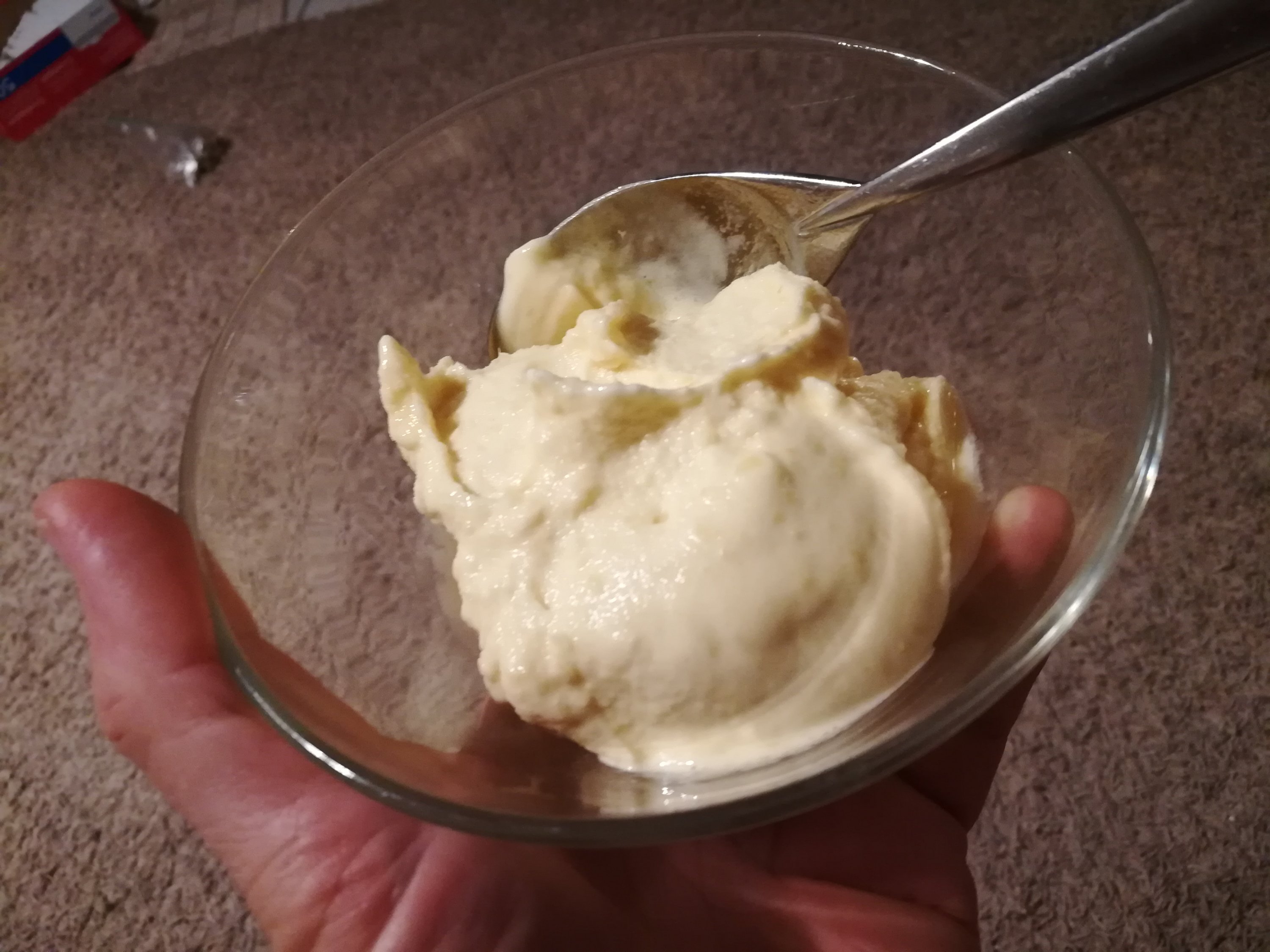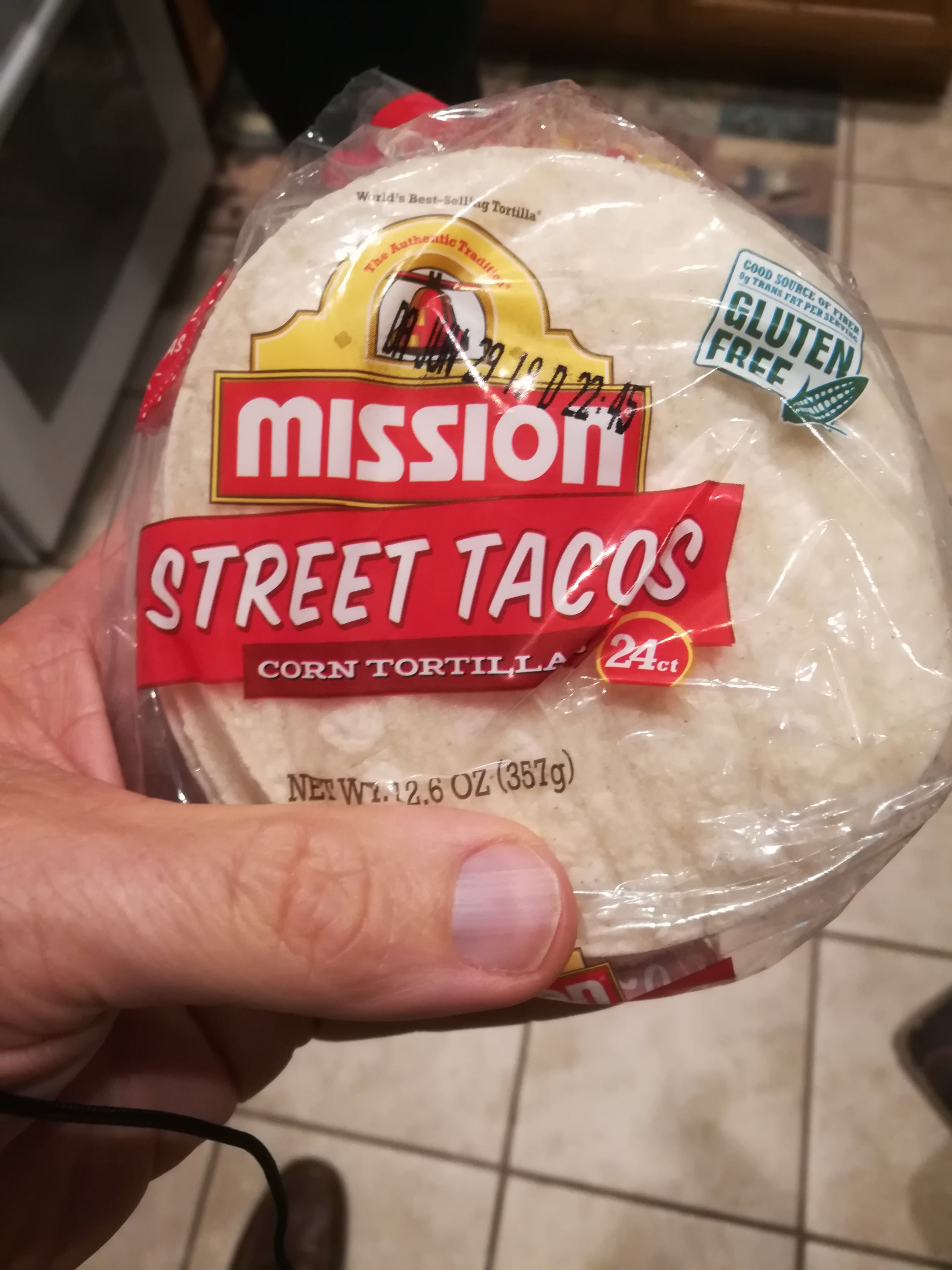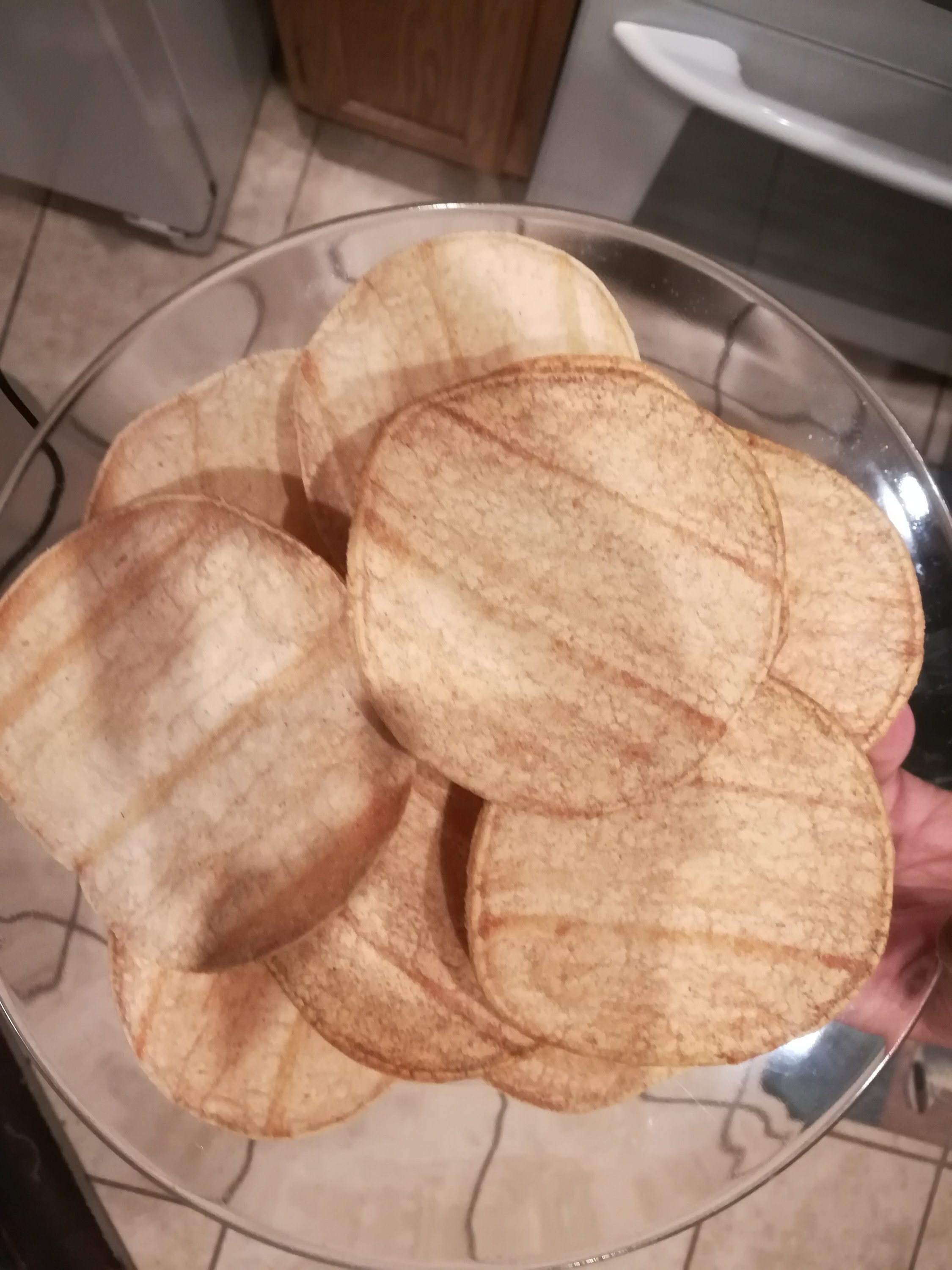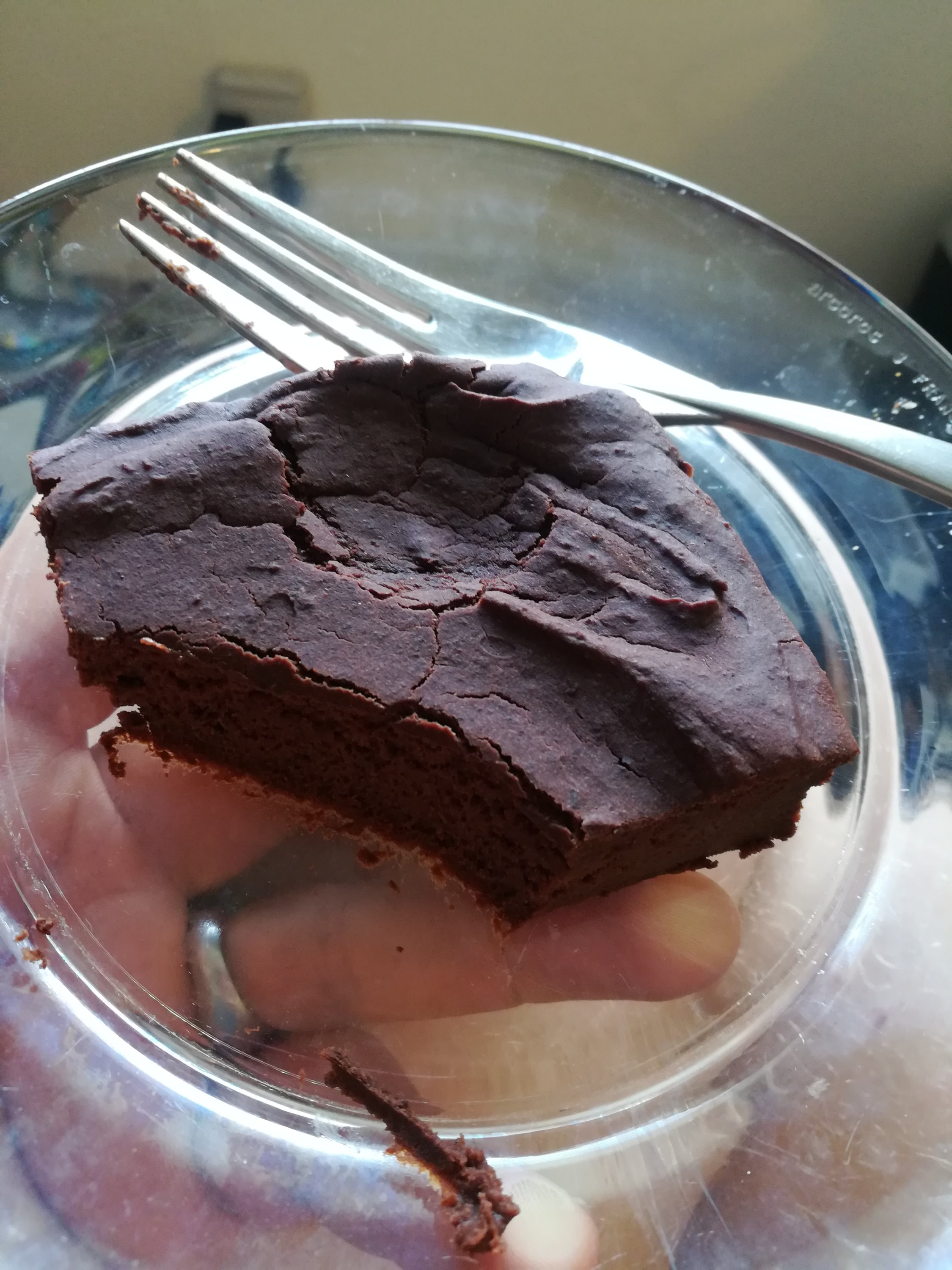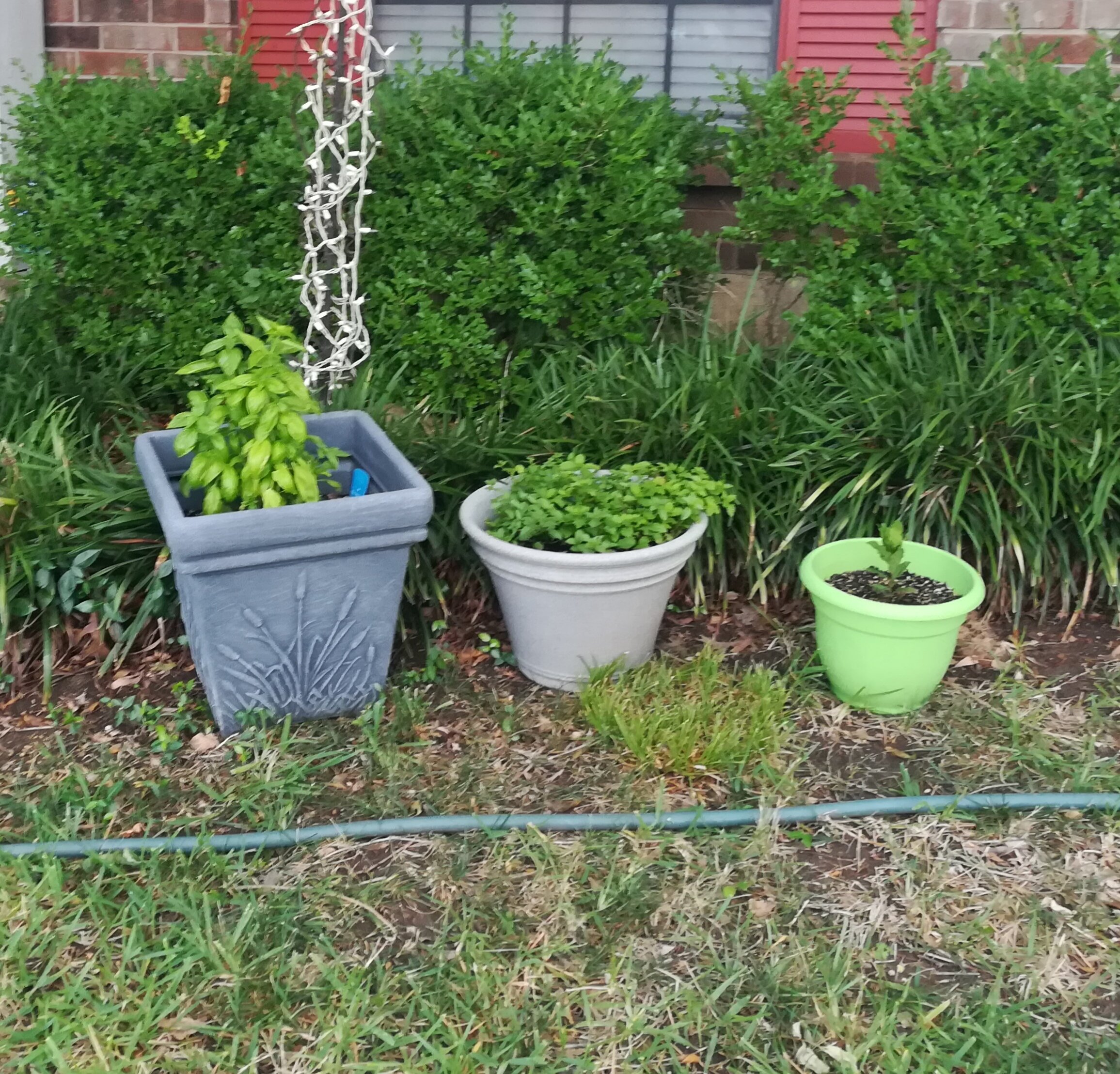Since January 2017 I’ve lost over 70 pounds while transitioning to a Whole 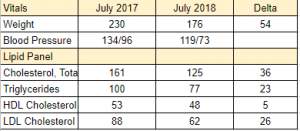 Food Plant Based lifestyle. While the weight loss is great and I feel better and have more energy, I have said it’s only the outward sign of what is happening inside. Today I can elaborate on that. I had my annual physical last week along with lab work.
Food Plant Based lifestyle. While the weight loss is great and I feel better and have more energy, I have said it’s only the outward sign of what is happening inside. Today I can elaborate on that. I had my annual physical last week along with lab work.
In one years time I made a number of changes. The largest of which was transitioning to a Whole Food Plant Based lifestyle. This transition started in September 2017 with the elimination of sugar and addition of snacking on fruits and vegetables. I’ve been entirely plant based for the past six months.
I should also note that even up until February 2018 (after transitioning to a Whole Food Plant Based lifestyle) I had been using multi-vitamins and supplements including heart health supplements. So it is even more amazing when looking at these numbers to realize that my already good numbers from 2017 were improved with the WFPB lifestyle without the supplements. It makes me wonder what my 2017 baseline might have been if I had not been taking those supplements for all those years.
The table below shows the results!
| Vitals | July 2017 | July 2018 | Delta |
| Weight | 230 | 176 | 54 |
| Blood Pressure | 134/96 | 119/73 | |
| Lipid Panel | |||
| Cholesterol, Total | 161 | 125 | 36 |
| Triglycerides | 100 | 77 | 23 |
| HDL Cholesterol | 53 | 48 | 5 |
| LDL Cholesterol | 88 | 62 | 26 |
I’ve heard it said that a total Cholesterol under 140 makes you “heart attack proof”. If that is the case, then I’ve achieved that in less than six months on a Whole Food Plant Based diet!
So when you sit down to eat think about the long range effects. Do you want lower blood pressure, better Lipid Panel numbers, to be heart attack proof? Well then, in that case, eating that WFPB makes sense!

